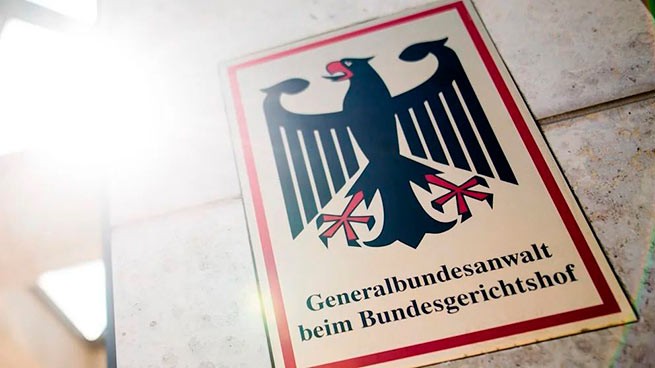Inflation in Greece was 5.4% in March this year (compared to 6.5% in February), while the corresponding level in the euro area was 6.9%, according to preliminary data from Eurostat. According to experts, the annual inflation in the eurozone fell from 8.5% in February.
In February, consumer prices in our country rose by 6.5% according to Eurostat and by 6.1% according to ΕΛΣΤΑΤ.
Structural inflation, excluding energy and food prices, rose slightly to 7.5% from 7.4% in February.
Looking at the main components of inflation in the euro area, food, alcohol and tobacco products are expected tothe highest annual level in March – 15.4% (compared to 15.0% in February). They are followed by:
- non-energy manufactured goods 6.6% (compared to 6.8% in February),
- services 5.0% (up from 4.8% in February)
- energy – 0.9% (compared to 13.7% in February).
The forecasts of the Ministry of Finance assume a slowdown in inflation, that is, prices will grow at a reduced rate throughout the year, and the overall indicator will be formed at the end of 2023 in the region of 4.5%. According to the winter forecasts of the European Commission (February 2023), the average annual inflation for the whole of 2023 is projected at 4.5% (5.6% in the Eurozone), and for 2024 – 2.4% (2.5% in Eurozone).
Financial authorities report that we We won’t see price cuts., however, inflation will reduce its growth rate, as Greek Finance Minister Christos Staikouras officially announced. “Inflation reduces the real incomes of a significant part of households, especially the most vulnerable, which leads to an increase in social inequality and social tension. The problem mainly lies in food prices, which, despite the relative decline in the overall inflation index, show high growth rates,” experts say.
According to the Hellenic Statistical Authority-ELSTAT, consumer prices in Greece in February amounted to 6.1%. Annual growth is mainly due to:
- food and non-alcoholic beverages (increase in the price level by 14.5%),
- hotels-cafes-restaurants (7.8%),
- transport (7.9%).
They are followed by:
- categories of durable goods, household goods and services (10.2%),
- clothing and footwear (6.8%),
- other goods and services (5.7%),
- health (5.3%),
- leisure and cultural activities (3.6%),
- education (2.2%),
- alcoholic beverages and tobacco (1.8%).
According to experts, new price increases are coming against the backdrop of reduced consumption. 7 out of 10 industry and retail executives said they will see “another round of price increases” this year, according to data released by NielsenIQ CEO Vaios Dimoragas at Nielsen’s Shopper Trends Event 2023.
According to the survey, the new price increase will be up to 5% according to 35% of respondents, and every second responded that the price increase will be up to 10%. Also, 6% said that the price increase will reach 20%.







More Stories
Calculation of benefits and Easter gift from April 19
AADE: What you need to know about the heating allowance credited to your energy bills
The war casts a heavy shadow on the global economy